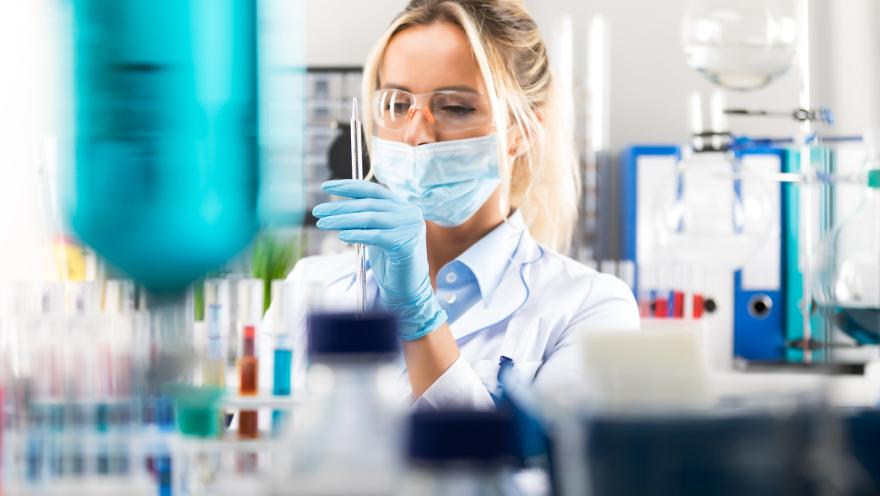In the search to find ways to slow, stop or reverse the progression of ALS, the primary aim of research has been to better understand the disease and develop new drugs. Finding new treatments and a cure remains the mission of The ALS Association; however, to truly make ALS a livable disease, advancing the science of prevention is critical.
“We will never have a world without ALS until we can prevent it,” said Chief Mission Officer Dr. Neil Thakur. "And for that, we need the science to show us the best way to reduce people’s risk of developing the disease, whether they carry ALS genes or not. This research will move us forward in reaching this ambitious goal.”
To date, the majority of ALS prevention research has focused on identifying potential risk factors, but to be able to prevent the disease and its harms, the field needs to develop ways to predict when ALS symptoms will develop and viable strategies to intervene before symptoms emerge. This was one of the conclusions of a 2020 workshop hosted by the Association and attended by more than 30 experts, including clinicians, scientists and representatives from governmental organizations like the CDC, VA and NIH.
To help translate ALS prevention strategies into the clinic, the Association launched a new funding opportunity for researchers last year. The first six grants awarded from this program – worth close to $2.4 million over the next two years – will support the development of translational science, interventions and tools that could eventually prevent or delay the onset of ALS by investigating genetic and environmental risk factors.
Specifically, these grants will support:
Michael Benatar, M.D., Ph.D., University of Miami’s Miller School of Medicine ($400,000), as he and his colleagues evaluate how gene mutations and exposures (e.g., smoking, lead and pesticide exposure) affect the age at which symptoms of ALS and/or mild motor impairment develop.
Pascal Falter-Braun, Ph.D., Helmholtz Zentrum München ($399,276), as he and his colleagues analyze how 10 viruses (enterovirus A71, enterovirus D68, coxsackievirus B3, echovirus E30, HERV-K, HERV-W, HTLV-1, HIV, HSV-1 and EBV) interact with human proteins to help shed light on their role – if any – in ALS development.
Stephen Goutman, M.D., University of Michigan ($400,000), as he leads efforts to create ALS risk groupings based on unique combinations of nonmodifiable risk factors, such as genetics, age and sex, and modifiable risk factors, such as occupational and environmental exposures and other lifestyle factors, in individuals with a family history of the disease.
Andrew Grierson, Ph.D., University of Sheffield ($397,963), as he and his colleagues analyze how exposure to five environmental toxins can cause ALS to develop in animal models and then investigate thousands of FDA-approved drugs to determine which could prevent the harmful effects of these toxins.
Matthew Harms, M.D., Columbia University College of Physicians and Surgeons ($400,000), as he and his colleagues combine and harmonize two independent studies to create a larger group of ALS gene carriers that can better assist with characterizing the earliest stages of the disease, finding and validating increasingly sensitive biomarkers of impending motor neuron loss, and eventually testing preventative therapies.
Jeehye Park, Ph.D., The Hospital for Sick Children ($399,332), as she leads efforts to determine the preventive potential of metabolic interventions, such as dietary and temperature changes, in animal models of ALS.
Click here for a roadmap to ALS prevention developed by ALS Association staff and researchers, including strategies and priorities.
If you would like to receive monthly ALS research updates, SUBSCRIBE to our newsletter, Research Matters.

